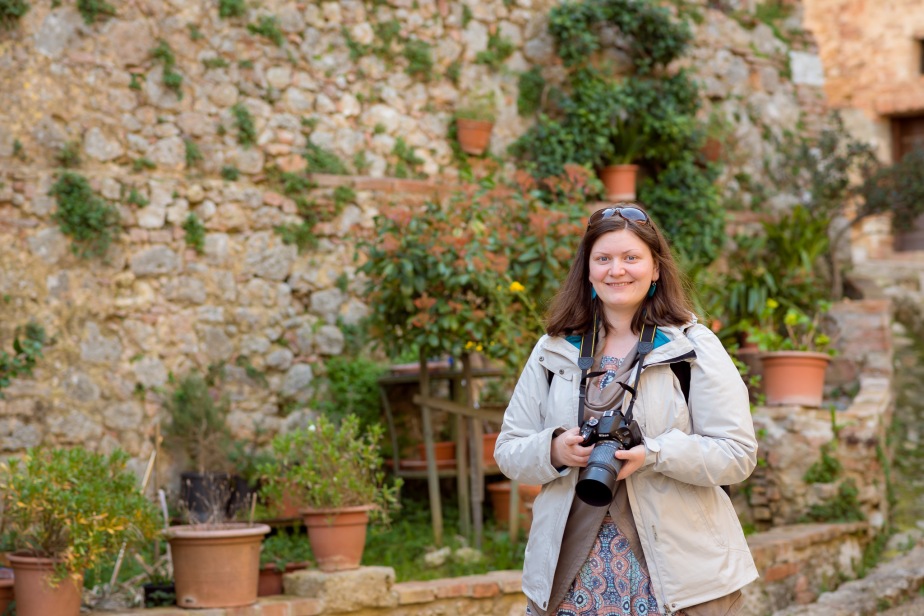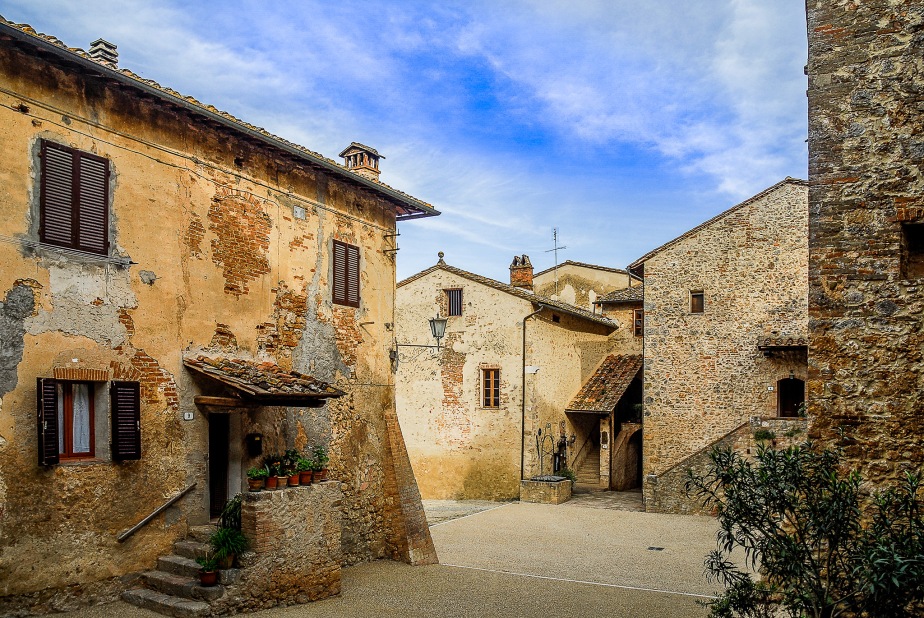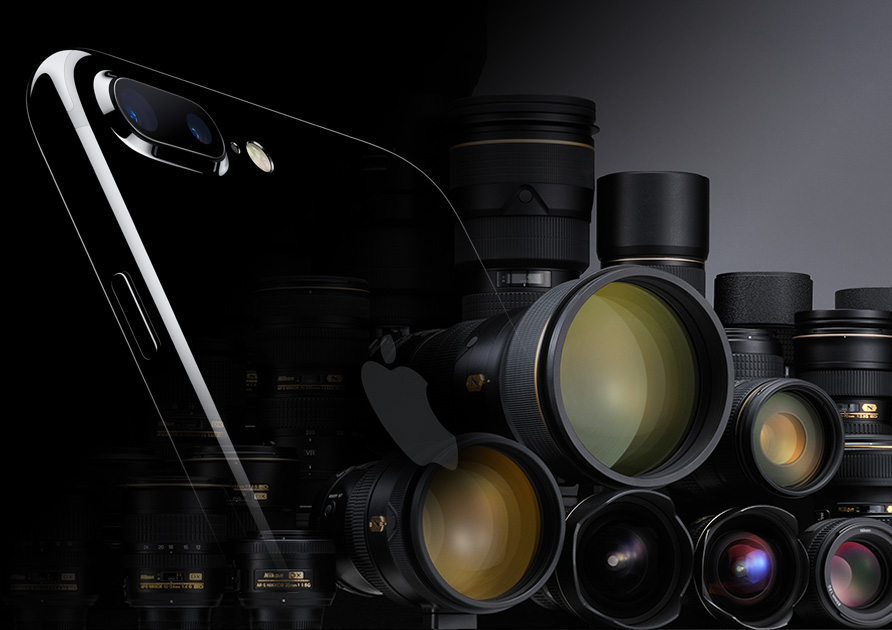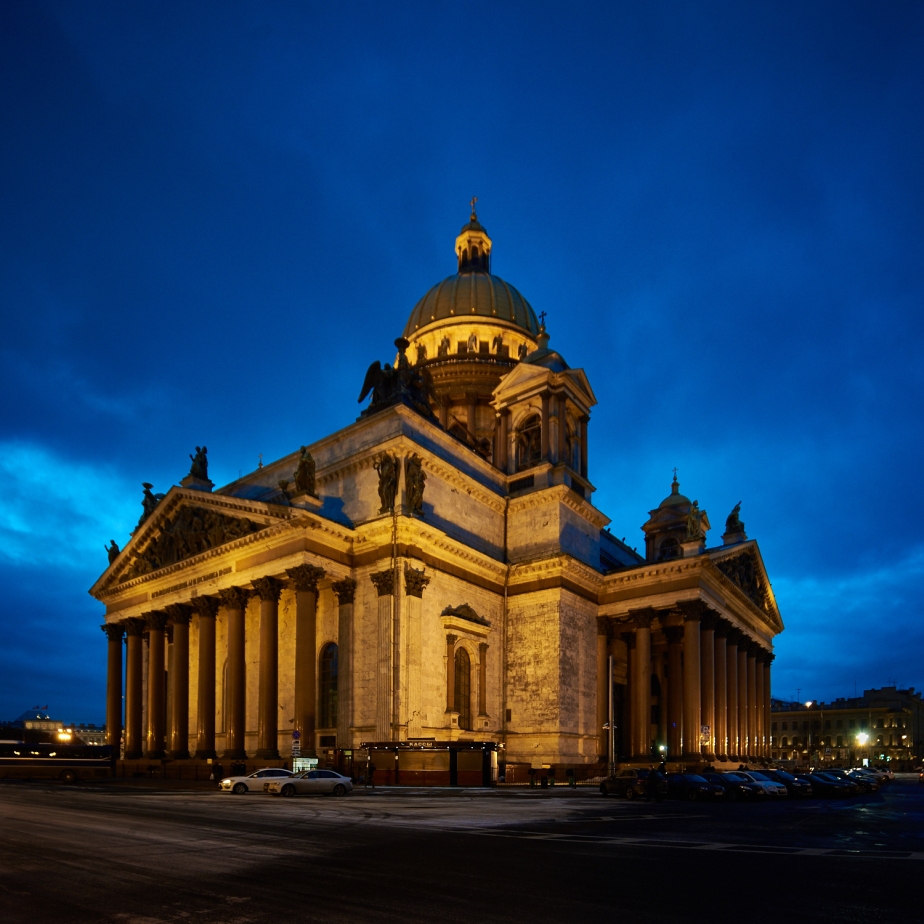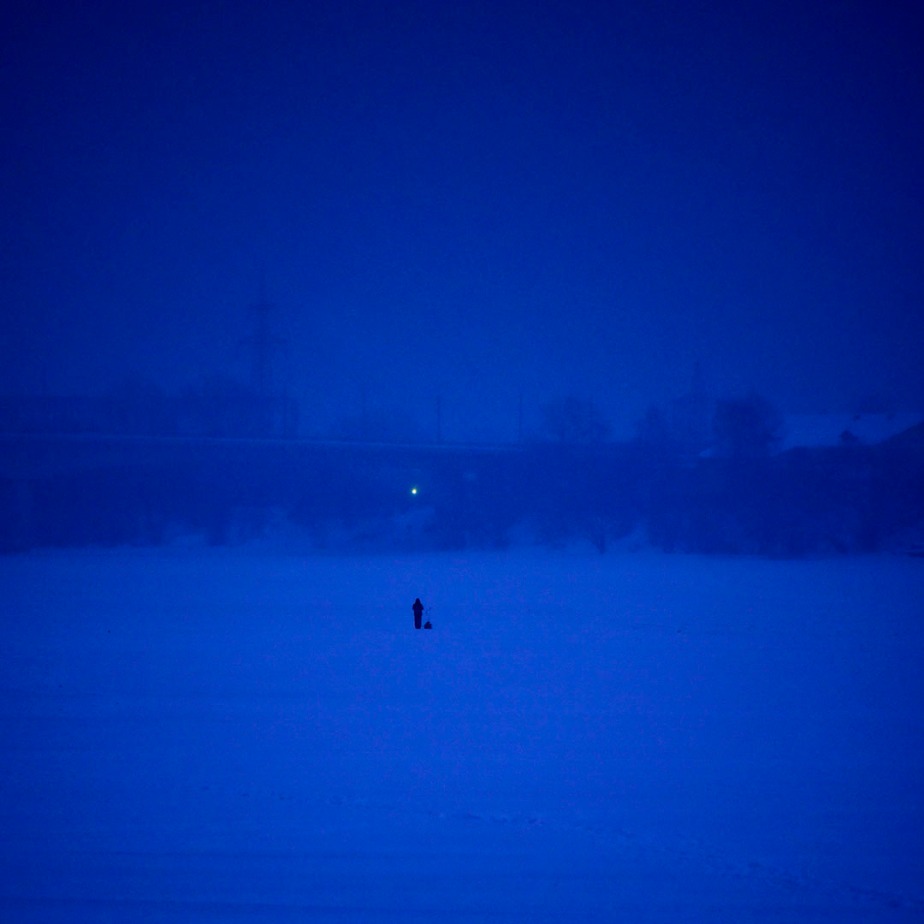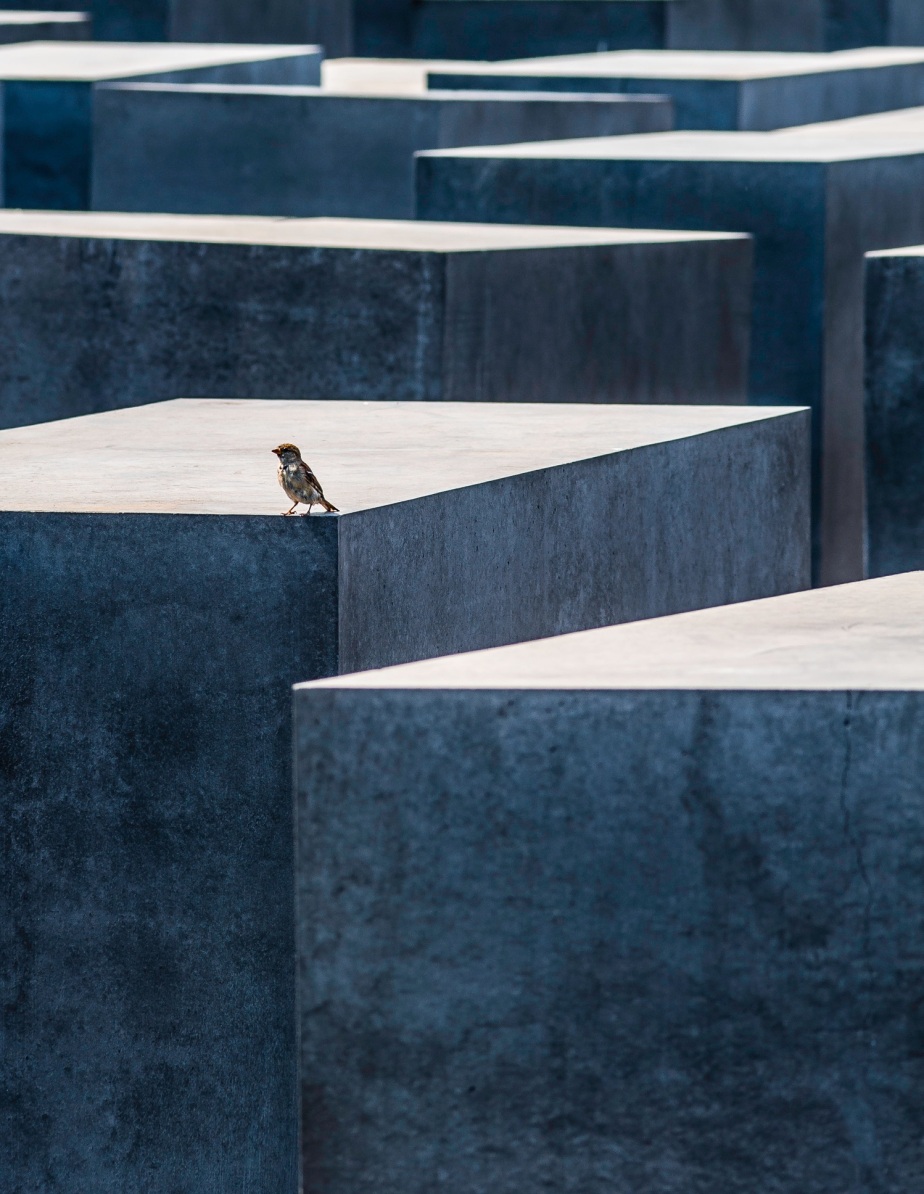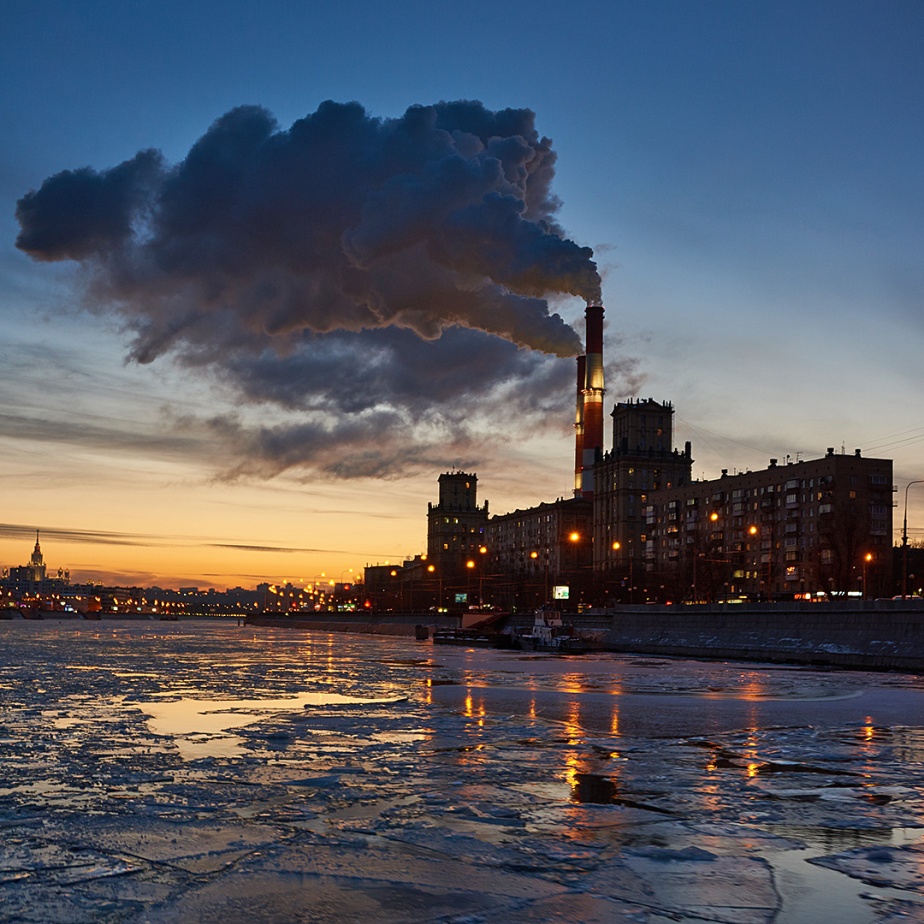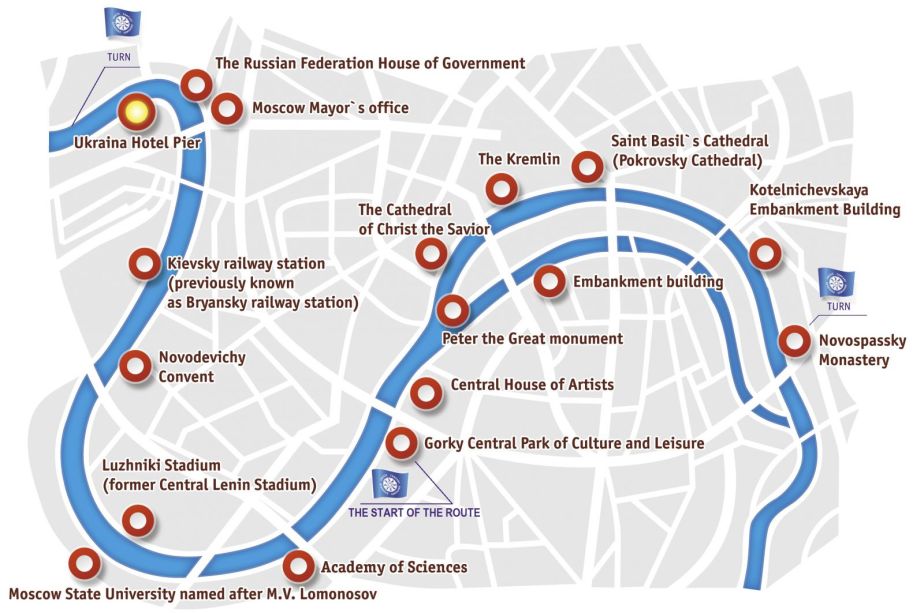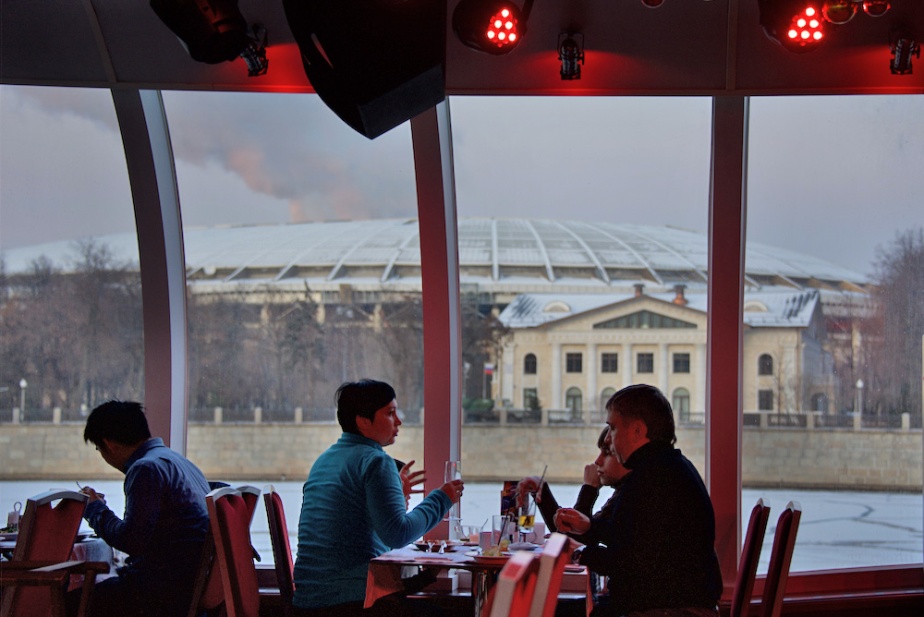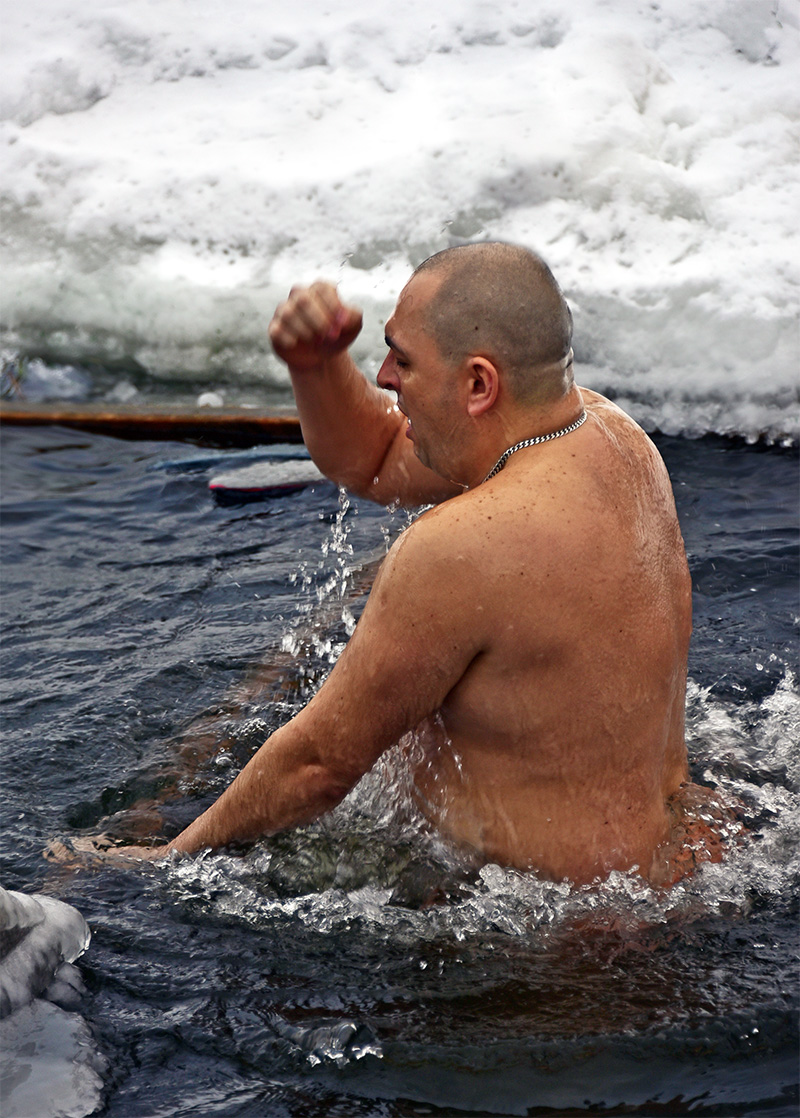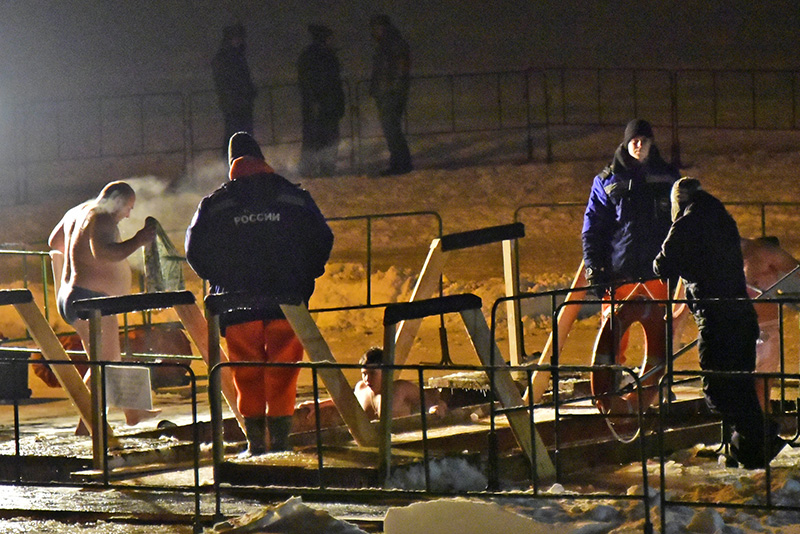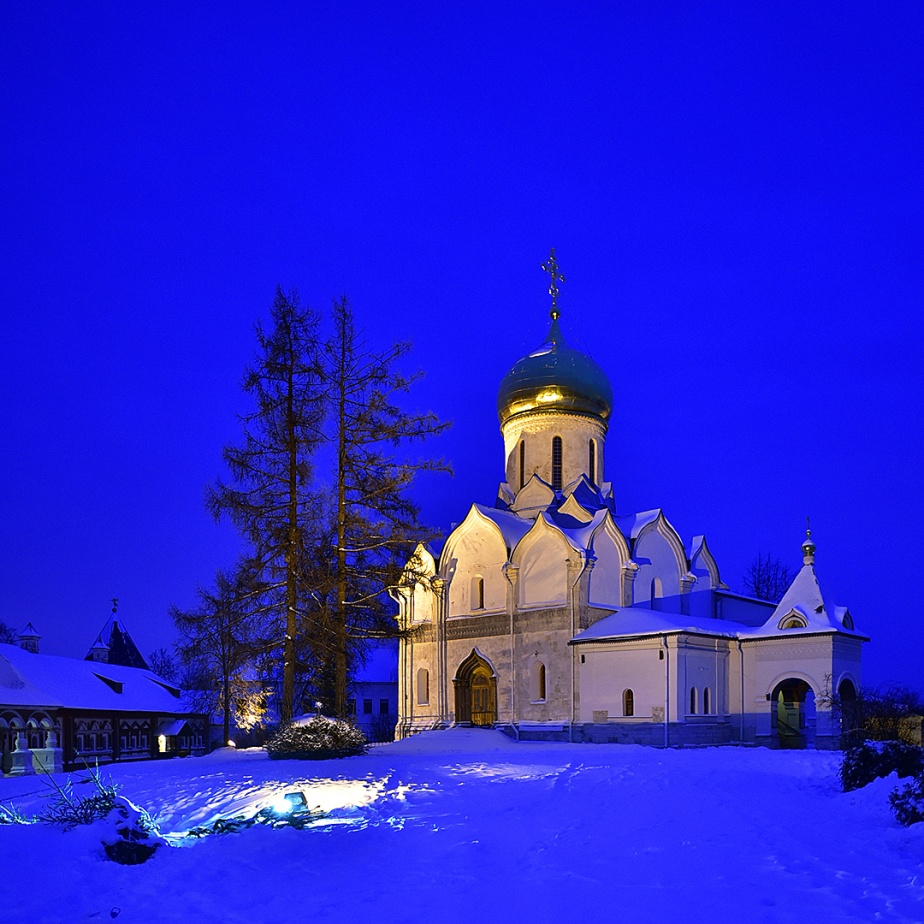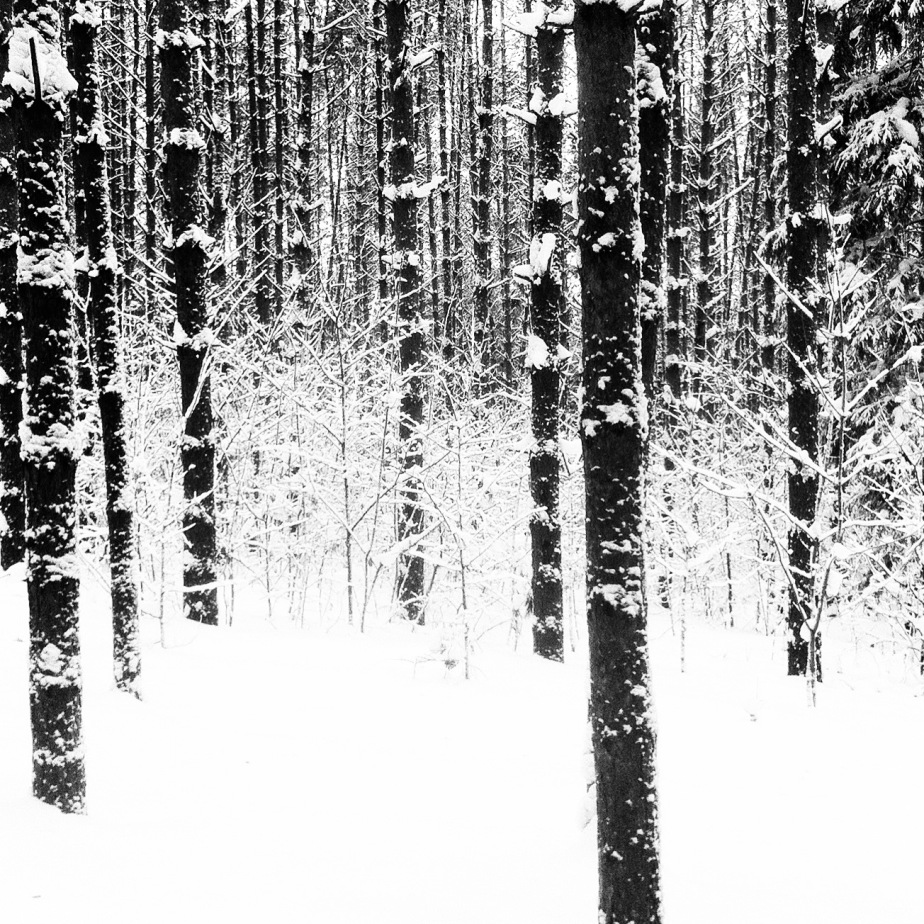Tuscany is one of the most popular tourist destinations in Italy and in the whole of Europe. And for good reason: it is home of some of the most famous art cities and medieval towns in the world. Among them Florence, Pisa, Siena, Lucca, San Gimignano and the list could go on and on. As if that weren’t enough, the region is also a favourite destination for food and wine lovers as it offers a fantastic regional cuisine (just think “bistecca alla fiorentina“) and world famous Chianti, Brunello, Sassicaia, Nobile di Montepulciano, Vernaccia and many more wines.
In spite of all this, there is a number of breathtakingly beautiful places still all but unknown to tourists. One of them happens to be one of my all-time favourites. It is called Abbadia a Isola. The name loosely translates as “island-like abbey” and it originates from the abbey (built in 1001 AD) sitting on higher grounds which seemed to “emerge” from the surrounding swamps. The burg is even older, though, and even if the abbey rose in importance ’till the point of eradicating the castle from the village name, the previous castle was visited by Sigeric the Serious, Archbishop of Canterbury in the year 990 AD, on his return trip from Rome, where he had received the pallium from the Pope.
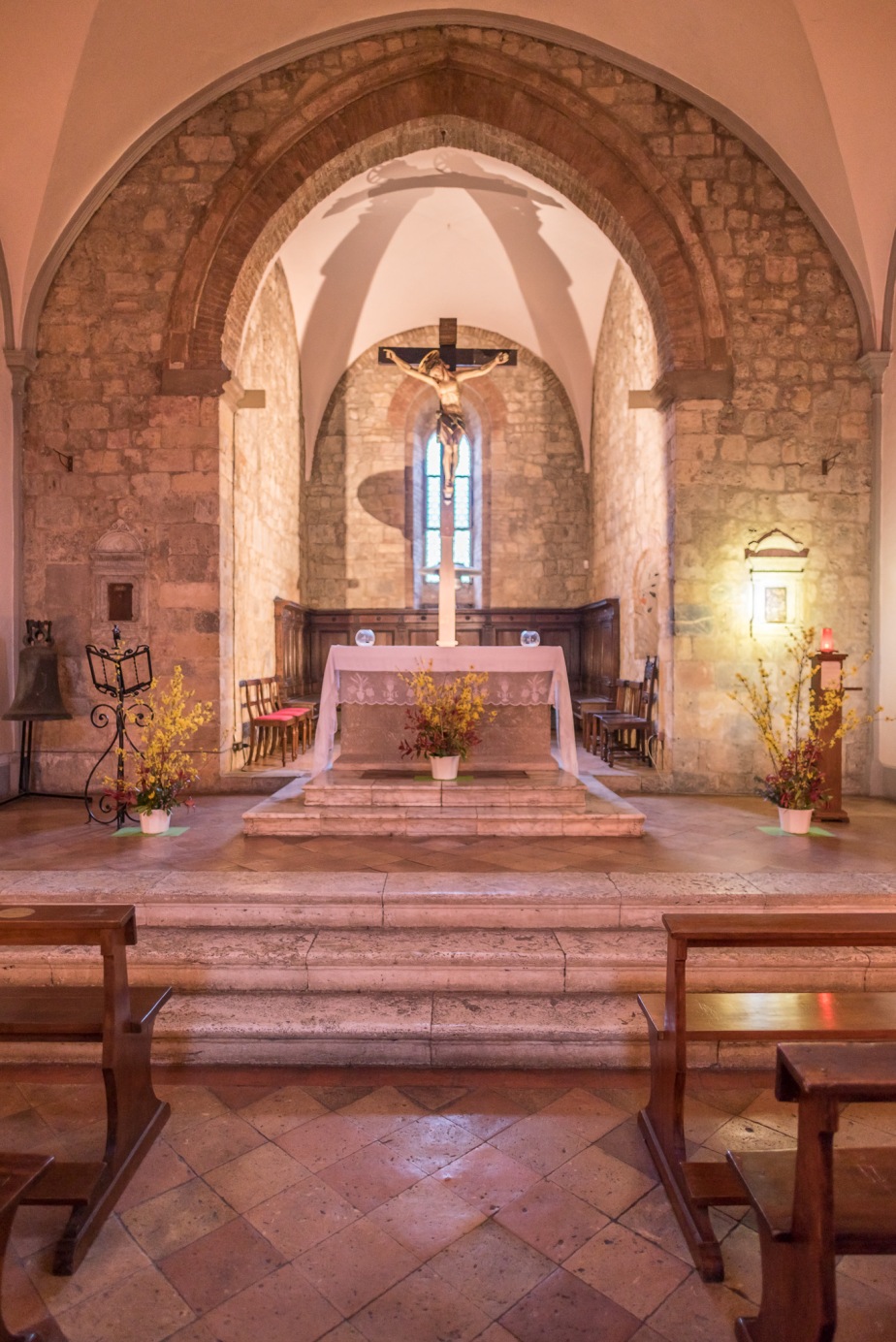
In the first picture of the post you can see the small burg of Abbadia a Isola. I actually did “photoshop out” one tiny element belonging to modern days, as without it I feel this picture could have been taken 50 or 100 or even 150 years ago. You can see the original picture here and if you feel like it, maybe even play a game of “spot the difference” 🙂
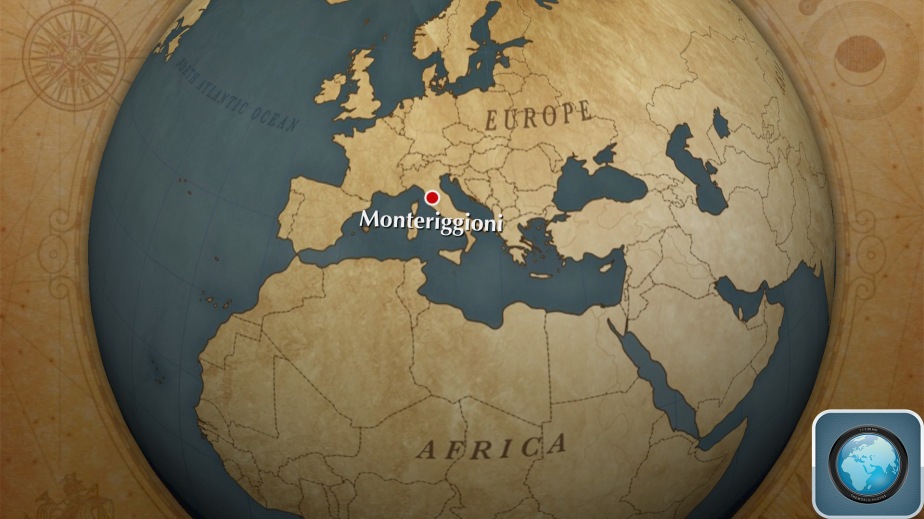
Abbadia a Isola is a wonderful little village in its own right, with an abbey that is over 1000 years old, but to me the most extraordinary aspect of this place is that it offers an unparalleled view on the nearby walled city of Monteriggioni.
Visiting Abbadia a Isola today offers an extraordinary chance to see a medieval village and, from here, you can have a fantastic view of nearby Monteriggioni, a fortified and walled town of the same period.
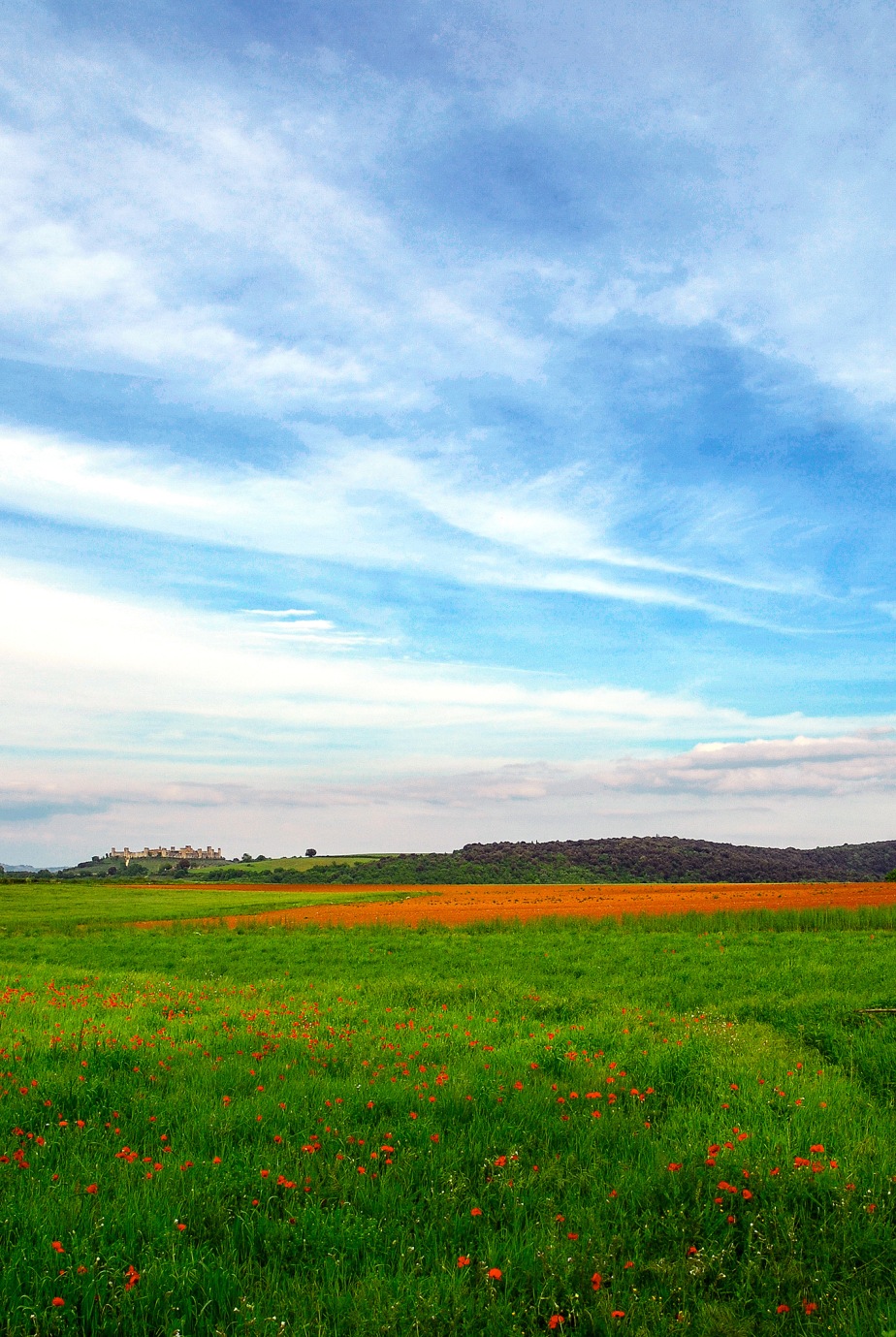
What is truly breathtaking is that between Abbadia a Isola and Monteriggioni there is no single man-made structure younger than 800 years! That means that when you are looking at Monteriggioni from Abbadia a Isola, the view you get is the same, exactly the same, you would have gotten throughout most of the Middle Ages and the modern era.
An added bonus is that in this part of Italy the earth has a very special, very specific color. It is so unique that it actually gave a name to two hues: Sienna and Burnt Sienna in the 1760s. The pigment sienna was known and used, in its natural form, by the ancient Romans. During the Renaissance, it was noted by the most widely read author about painting techniques, Giorgio Vasari, under the name terra rossa. It became, along with umber and yellow ochre, one of the standard browns used by artists from the 16th to 19th centuries, including Caravaggio (1571-1610) and Rembrandt (1606-1669), who used all the earth colours, including ochre, sienna and umber, in his palette. To illustrate the color, wikipedia chose an image taken literally a few hundred meters from where the above picture was shot.
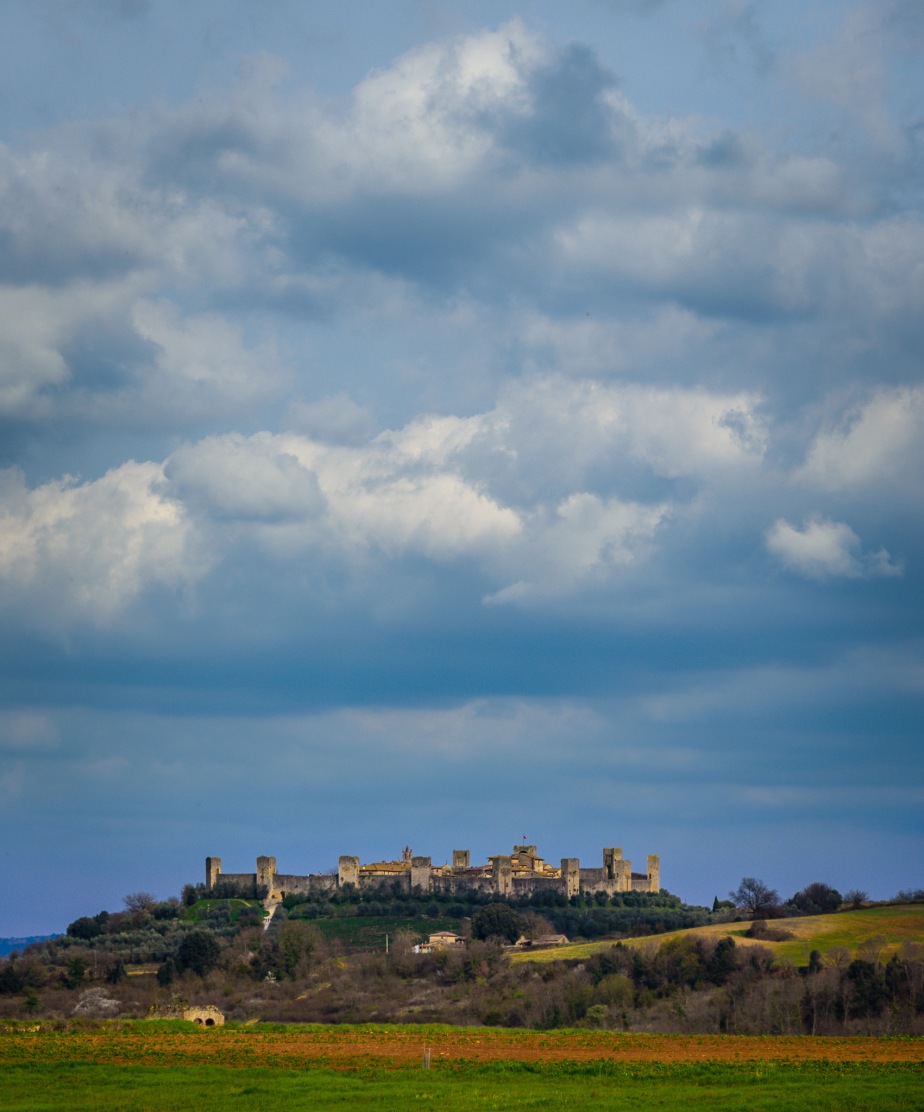
Monteriggioni is a medieval walled town, located on a natural hillock, built by the Republic of Siena in 1214–19 as a front line in their wars against Florence, by assuming command of the Via Cassia running through the Val d’Elsa and Val Staggia to the west. During the conflicts between Siena and Florence in the Middle Ages, the city was strategically placed as a defensive fortification. It also withstood many attacks from both the Florentines and the forces of the Bishop of Volterra. In 1554 the Sienese were able to place control of the town’s garrison to Giovannino Zeti, who had been exiled from Florence. In 1554, in an act of reconciliation with the Medicis, Zeti simply handed the keys of the town over to the Medicean forces— considered a “great betrayal” by the town’s people.
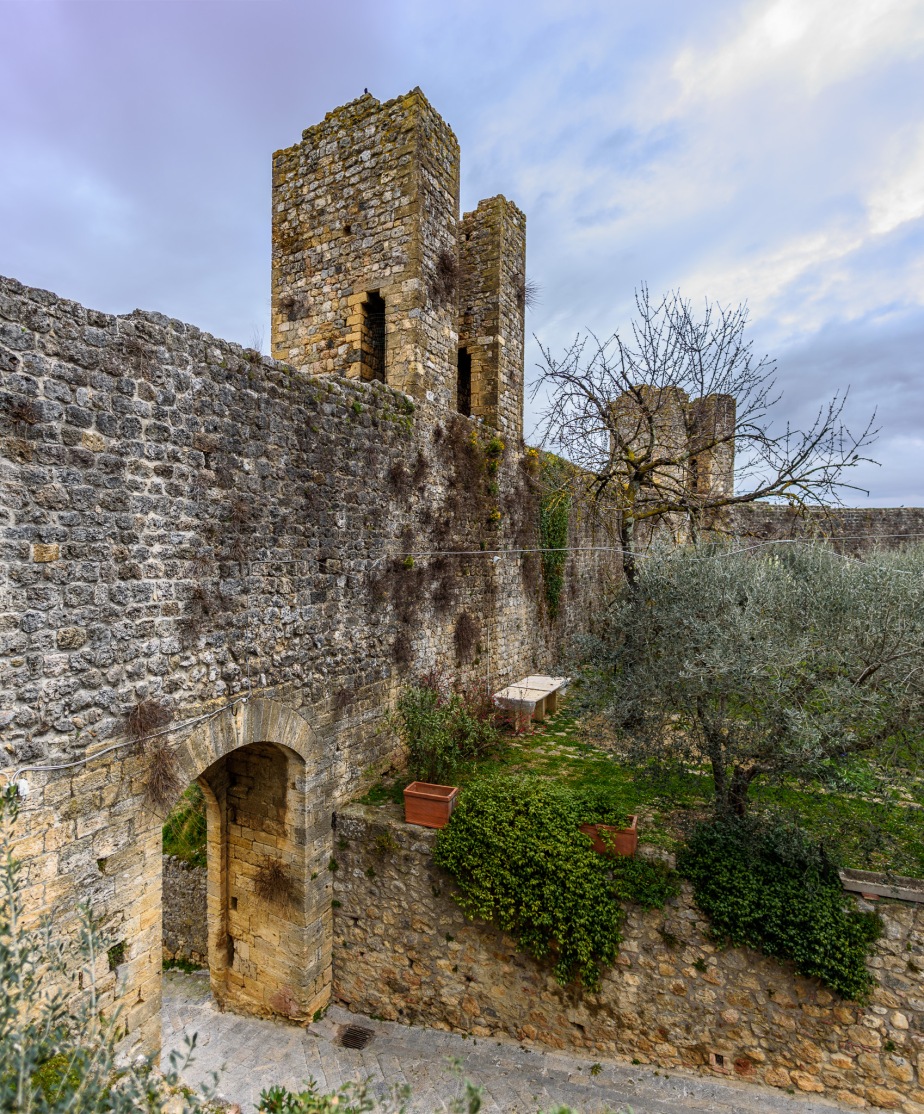
The Tuscan poet Dante Alighieri used the turrets of Monteriggioni to evoke the sight of the ring of giants encircling the Infernal abyss.
però che, come su la cerchia tonda
Montereggion di torri si corona,
così la proda che ‘l pozzo circonda
torreggiavan di mezza la persona
li orribili giganti, cui minaccia
Giove del cielo ancora quando tuona.— Dante Alighieri, Inferno canto XXXI, lines 40-45
As with circling round
Of turrets, Monteriggioni crowns his walls;
E’en thus the shore, encompassing the abyss,
Was turreted with giants, half their length
Uprearing, horrible, whom Jove from heaven
Yet threatens, when his muttering thunder rolls.— as translated by Henry Francis Cary during the years 1805–1844
It also plays a significant role in the game Assassin’s Creed II, a game loosely based around some historical events in Renaissance Italy. It is home to Ezio Auditore and his uncle Mario, where they live is the fictional Villa Auditore.
